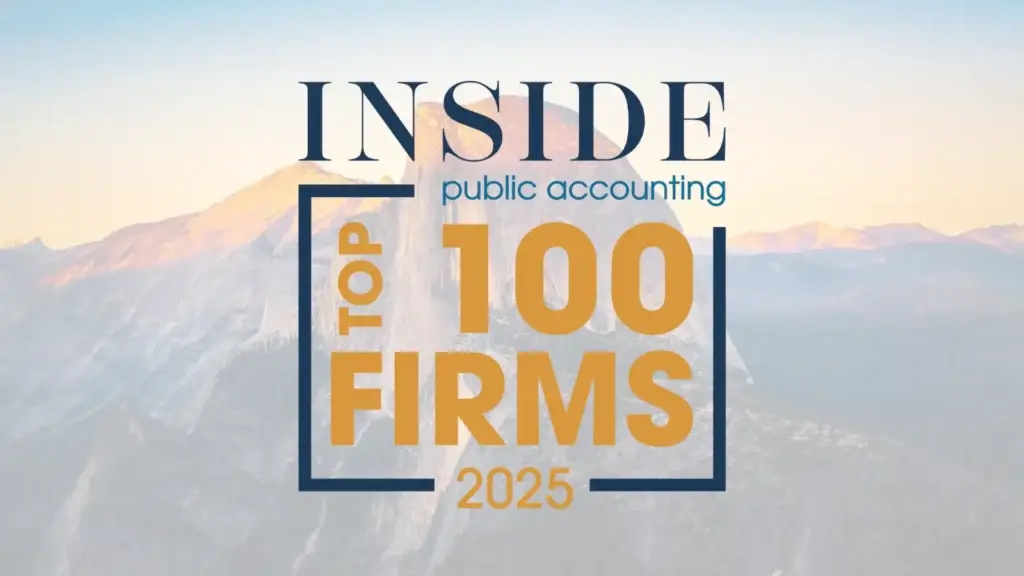
Original article written by legacy firm, Harris Group Advisors (2024)
Audit season is just around the corner for calendar-year entities. Understanding the types of source documents your auditor might request can help minimize disruptions during audit fieldwork and maximize the effectiveness of your audit. Here are some common sources of “substantive evidence” that auditors gather to help them form an opinion regarding your financial statements.
Original Source Documents
Auditors can verify account balances or records by vouching (or comparing them to third-party documentation). For example, an auditor might verify the existence of a vehicle on your company’s fixed asset list by reviewing the invoice from the seller. This process allows auditors to evaluate the accuracy of amounts claimed by the company and whether they reported transactions correctly in its accounting system.
Physical Observations
Seeing is believing. Auditors sometimes verify the existence of assets through physical observations and inspections. For example, inventory audit procedures typically include:
- Observing or conducting a physical inventory count
- Inspecting the process to record incoming and outgoing inventory
- Analyzing the inventory obsolescence process
Confirmation Letters
Auditors commonly send confirmations to third parties, asking them to verify such items as cash, accounts receivable, accounts payable, employee benefit plans, and pending litigation. There are three types of confirmations:
- Positive. Recipients must reply directly to the auditor and make a positive statement about whether they agree or disagree with the information included.
- Negative. Recipients must reply directly to the auditor only if they disagree with the information presented in the confirmation.
- Blank. This type of request doesn’t state the amounts (or other information). Instead, it requests recipients to complete a blank confirmation form.
In the past, auditors sent confirmation letters through the U.S. Postal Service. Although written confirmations are still permitted, auditors routinely use electronic confirmations today. These may be in the form of an email submitted directly to the respondent by the auditor or a request submitted through a designated third-party provider. Some financial institutions no longer respond to paper confirmation requests and will respond only to electronic confirmation requests.
External Market Data
Auditors may research pricing data to verify the amounts claimed on the company’s financial statements for assets that are actively traded on the open market. For example, if a company invests in marketable securities that it plans to sell within one year, an auditor could analyze the prevailing market price to confirm its book value. Similarly, auditors may sample inventory items. They also compare them to online pricing sheets to ensure items are reported at a lower cost or market value.
Recalculations
Auditors may verify in-house schedules and records by independently recalculating them to ensure accuracy. If the auditor matches the client’s work, it confirms that the underlying accounts appear reasonable. Auditors often rely on this procedure for items such as bank reconciliations and schedules of payroll-related expenses, for example, overtime, benefits, and tax payments.
Let’s Work Together
To streamline your upcoming audit, let’s discuss the types of substantive evidence we expect to gather for each significant financial statement category. We can help you anticipate document requests and inquiries, facilitating audit fieldwork. Contact us to get started.
Original article written by legacy firm, Harris Group Advisors (2024)





